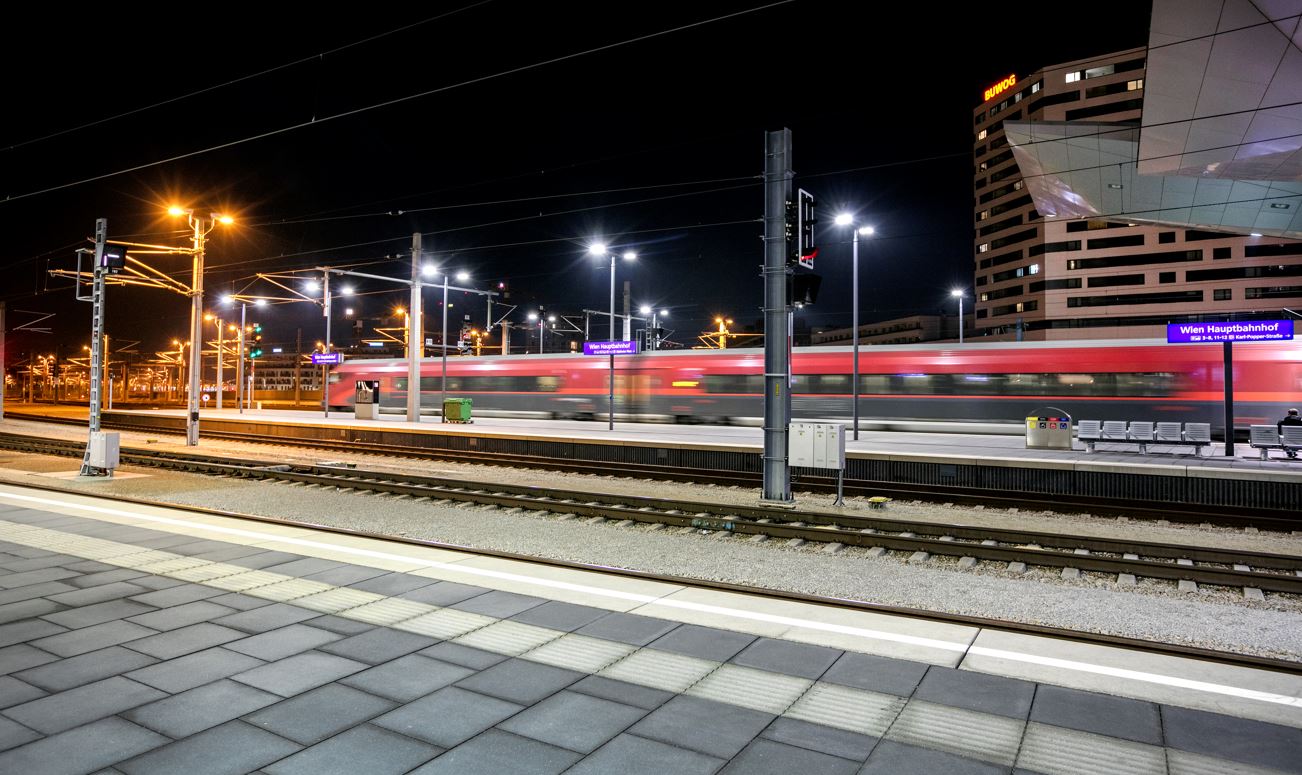
The European Union Agency for Railways (ERA) has published the Cross-border Rail Transport Potential report which identifies strong potential for time savings for rail freight and passenger services. This is possible if the technical and operational barriers will be removed along the freight corridors.
The focus is on both passenger and freight rail transport in Europe covering cross-border trips. The report also assesses how the further removal of technical and operational issues at European cross-border sections would contribute to the attractiveness and competitiveness of rail transport.
The study is a factual analysis of four cross-border sections, two for passengers and two for freight rail. This includes the rail passenger connection Vienna (Austria) – Győr (Hungary), along RFC7 that if obstacles are to be removed, the travel time can be reduced by around 10 – 15 minutes. Rail passenger connection between Berlin (Germany) and Kostrzyn (Poland) is also analysed.
Giurgiu Nord (Romania) – Ruse Razpredel (Bulgaria) on RFC7 and Brennero (Italy) – Staatsgrenze nächst Steinach in Tirol (Austria) freight routes are also included in the report. ERA says that rail freight transport can save from 50 minutes up to 6 hours if the identified issues are solved.
The four case studies present an in-depth review of the literature and collected data. The cases on cross-border passenger transport build primarily on qualitative inputs, including observations on international high speed rail connections. The two case studies focusing on freight provide a quantitative evaluation of the impacts of technical and operational barriers on travel time, which in turn adversely affect rail volumes and the modal split.
Based on the findings of the study, ERA proposes solutions and emphasises the need for further reduction of the national rules, and further adaptation of the Technical Specifications for Interoperability (TSIs). ERA considers that TSIs can further contribute to lowering some barriers by closing open points and reducing, where appropriate, specific cases. Doing so would improve the prospects of international rail transport.
“Immediate action is needed to remove barriers to cross-border rail transport – both for passenger and freight – in order to finally see the rail modal share grow,” EU Agency for Railways Executive Director, Josef Doppelbauer said.
ERA says it will make its contribution by further reducing national rules, improve European TSIs, support regulation to improve cross-border coordination (TEN-T revision), and as system authority for vehicle authorisation. But “if we do not put out the investment volume for improving infrastructure and customer experience, essential modal share targets are at risk and won’t be recovered,” ERA says.
The study also presents relevant information and good practice cases related to night trains and high-speed rail services.
Photo: ÖBB / Eisenberger
Share on:



